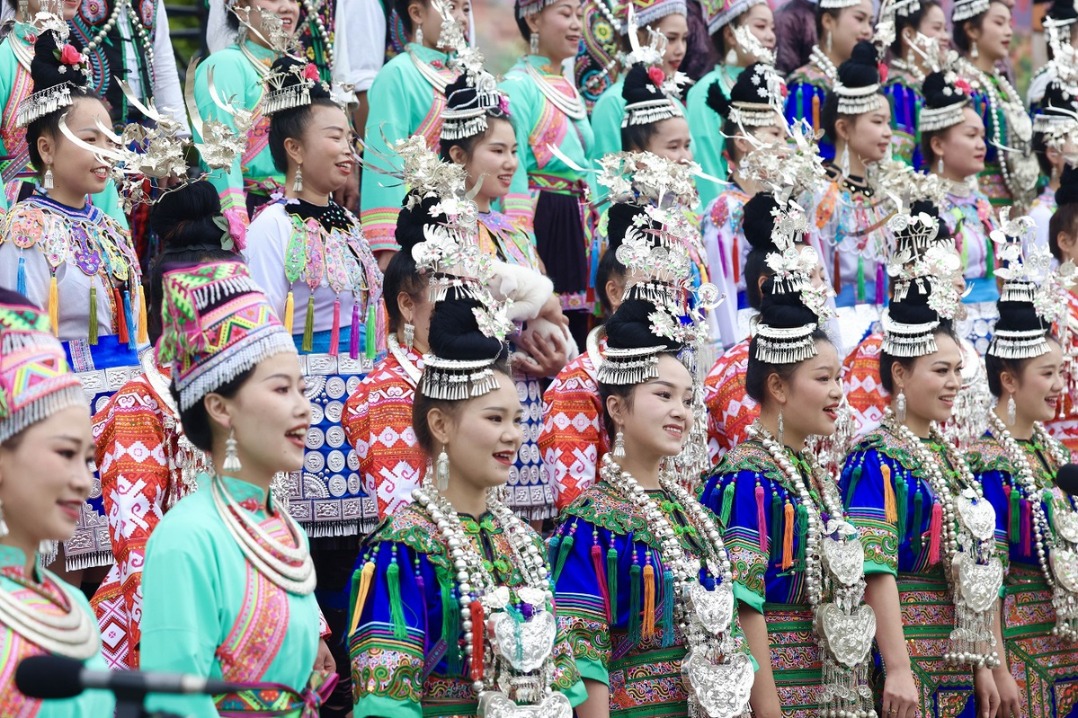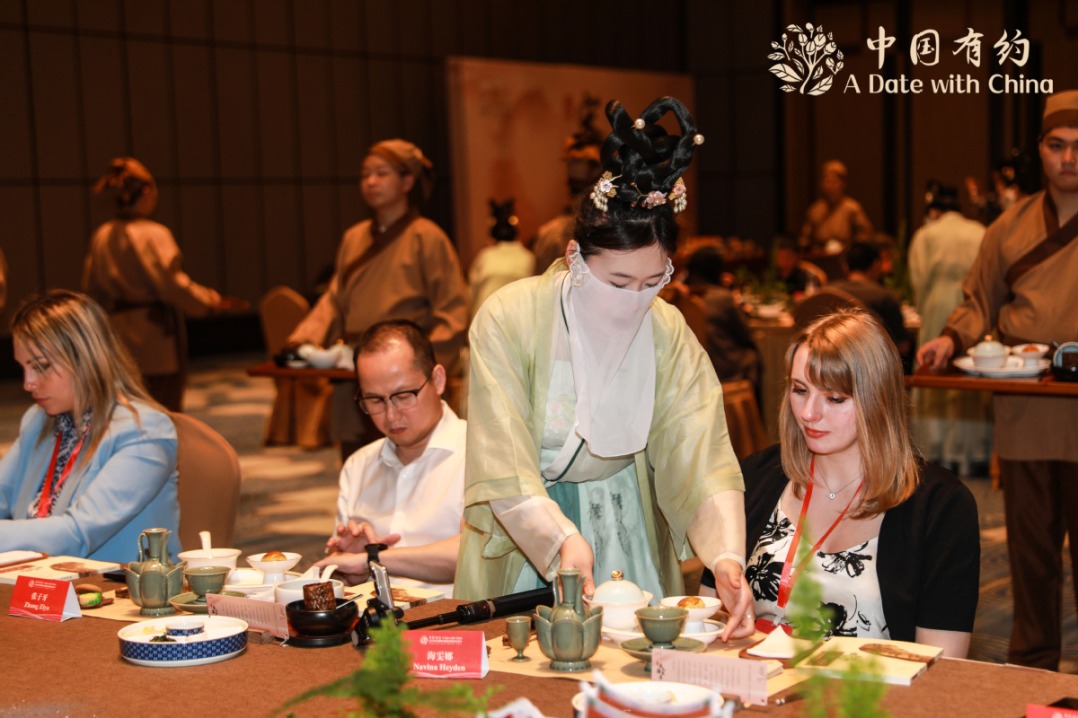Fish fertilizer makes life sweeter for orange growers
China Daily | Updated: 2023-11-24 09:08
CHENGDU — China's largest blood orange production base, Zizhong county in Neijiang, Sichuan province, is now focusing on elevating its position in the value chain and adopting more eco-friendly cultivation practices.
The Zizhong blood orange is a standout brand, said entrepreneur Li Dagang, one of many locals who have returned to the area thanks to the local government's efforts to revitalize the blood orange industry.
The county has been venturing into innovative practices that integrate blood orange cultivation with fish farming. Stepping into an integrated cultivation demonstration zone, tucked away in a hilly countryside area, visitors are greeted by expansive, circular pools at the foot of the hills. The pools house various fish species, including catfish and perch, and the hill slopes are covered with blood orange trees.
In 2019, villagers began exploring fish farming options in aboveground ponds, but they encountered challenges related to residual water pollution and the high expenses associated with managing it.
After the local agricultural authorities learned about the situation, technical experts recommended transforming the hills above the ponds into blood orange orchards. That approach allowed for the utilization of the residue produced by the fish farming ponds, effectively conserving water resources and simultaneously lowering the cost of cultivating organic fruits.
The excrement generated by the fish proceeds through solid-liquid separation, protein separation and sterilization, among other procedures. The end products, once fermented, are used as organic fertilizer for blood orange trees, and the purified pool water is used for irrigating blood orange plants or reused in fish farming.
Lai Yonghui, a technician with the county's agricultural authority, said the organic fertilizer was used to increase the organic content of the soil, which improved the quality of blood oranges.
About 133 hectares of blood oranges have been cultivated in the demonstration zone, which also includes 44 fish ponds. The initiative has created employment opportunities for over 800 villagers and generated annual output worth hundreds of millions of yuan. The promising outlook of Zizhong's blood orange industry encouraged Li to get on board in 2017, when he fulfilled his long-standing aspiration to live and work in his hometown.
He said that in order for Zizhong blood oranges to establish a presence in the high-end market, there was a need for advancement in terms of product quality standardization, marketing strategies and achieving economies of scale. He expressed his hope that the business expertise he accumulated while running companies in other sectors could be beneficial.
His confidence in starting a business centered around blood oranges was reinforced by the strong commitment of local governments to nurture a thriving industry through measures such as offering subsidies.
He founded a company that is engaged in the cultivation, processing and marketing of blood oranges. It focuses on promoting standardized fruit cultivation and creating products such as blood orange beers, wines, facial masks and essential oils that are marketed through online and offline sales channels.
"In the past, slicing open a blood orange was akin to opening a mystery box, as it was hard to predict its internal color in advance, and farmers had to rely on their experience during the harvest," Li said, explaining the importance of a testing device jointly developed by his company and research institutes that aids standardization.
The device can test the amount of anthocyanidin in a blood orange, the ingredient essential to the blood-red color of the fruit, as well as its nutrients. It can test 10 metric tons of blood oranges non-intrusively in just an hour.
The head of the county's agricultural authority said Zizhong produces 400,000 metric tons of blood oranges a year, with output across the entire industrial chain valued at 5.8 billion yuan ($799 million).
Xinhua
























